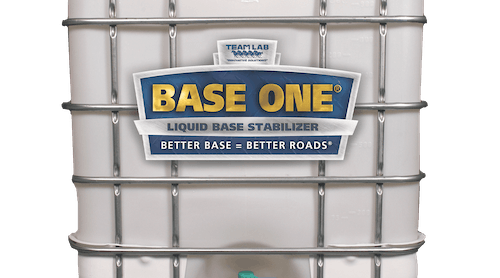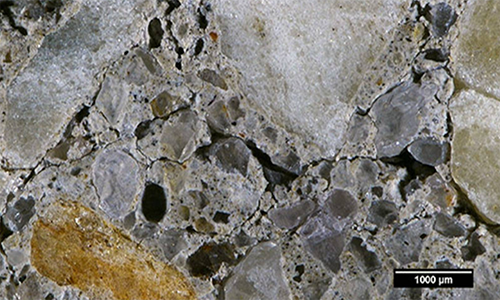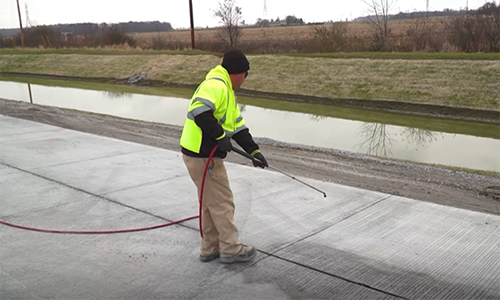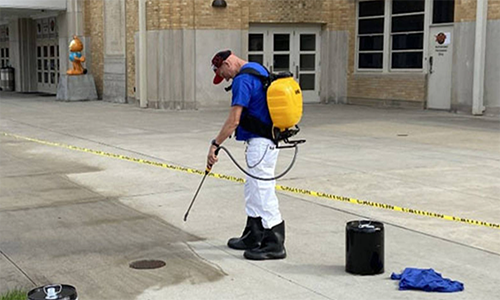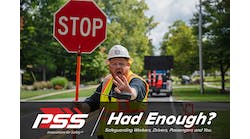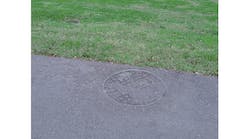According to the Federal Highway Administration (FHWA) in 2019—the most recent year for which statistics are available—762 fatal crashes occurred at work zones.
Of those crashes, 293 occurred on interstates. Those crashes killed 842 people (including 690 drivers and passengers, 140 pedestrians and bicyclists, and 135 roadway workers).
National statistics show that one-third of work-zone crashes involve speeding, and four out of 10 crashes occur on interstate highways. This data demonstrates the importance of finding solutions to reduce automobile speeds and minimize crashes in work zones.
Recently, the American Traffic Safety Services Association (ATSSA) highlighted a September 2020 study in which Purdue University and the Indiana Department of Transportation collaborated to see how presence lighting and digital speed signs impacted motorists speed at night when approaching a work zone. The study was conducted over a three-day period. Lighting units were placed about a mile prior to the beginning of the work zone and then spaced at 0.1-mile intervals leading up to the taper. The lighting units were in addition to any roadway lighting already present and the light needed to perform work zone activities.
The work zone setup involved a right-lane closure in a rural road setting with a work zone posted speed limit of 55 mph. Time, speed, and location data were collected every 3 to 5 seconds for 195 vehicles. Analysis of the data showed that vehicle speeds reduced and posted speed compliance increased as vehicles entered the illuminated areas just before reaching the first light. The median speeds reduced by 4 to 13 mph from 11 p.m. to 7 a.m. The study attributed the speed reduction to lighting.
Steve Kite, a state work zone engineer from the North Carolina Department of Transportation (NCDOT), did a similar study to Purdue University and drew similar conclusions. That study was done in two locations. One location was along an 8.5-mile stretch on I-95 in a rural area with four lanes and a 55-mph speed limit. The other was along an 8-mile stretch of U.S. 264 in Pitt and Green counties, also in a rural, four-lane stretch of roadway but with a 60-mph speed limit.
The I-95 location was observed from Oct. 8-24, 2019, and had 50,000 to 55,000 vehicles per day. The U.S. 264 location was observed from Oct. 30-Nov. 17, 2019, and had over 20,000 to 25,000 vehicles per day. Speed data was collected for three nights under three scenarios.
- Base condition – Static speed limit signs and no lighting
- Only digital speed limit signs were installed (no lighting)
- Digital speed limit signs and lighting were installed
The study found that the presence of digital speed limit signs and lighting were effective in reducing speeds in work zones with an average reduction of 12 to 14 mph. The presence of digital speed limit signs with flashing beacons activated had the biggest influence on compliance with the work zone speed limit.
To ensure the effectiveness of lighting and digital speed limit signs, Steve Kite recommended the use of flashing beacons in situations where the posted speed limit in a work zone is lower than the normal speed limit.
To read more about the North Carolina and Indiana case studies, read the full article in ATSSA’s fall issue of Roadway Safety Magazine.
---------------
Editor's Note: Scranton Gillette Communications and the SGC Infrastructure Group are not liable for the accuracy, efficacy and validity of the claims made in this piece. The views expressed in this content do not reflect the position of the Roads & Bridges' Editorial Team.


